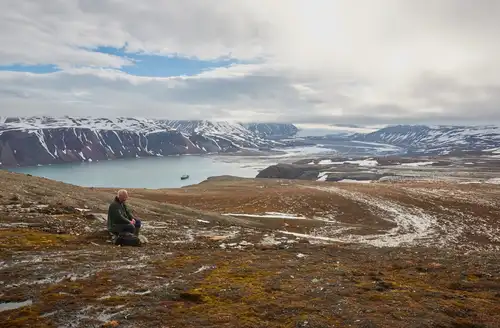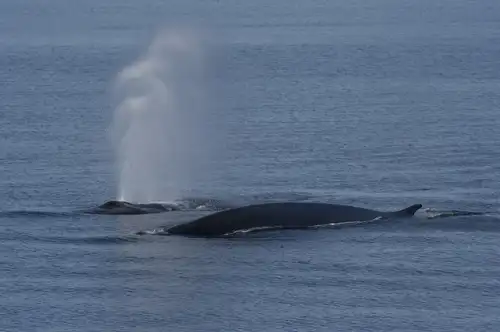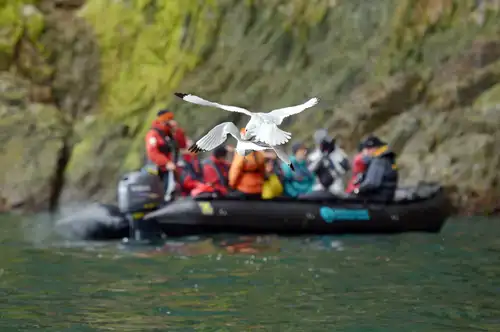Name: Northern Bottlenose Whale (Hyperoodon ampullatus)
Length: 10 to 12 metres.
Weight: 5,800 to 7,500 kilograms.
Location: Northern to Mid-Atlantic Ocean.
Conservation status: Data Deficient.
Diet: Squid, fish, shrimp, sea cucumbers, starfish.
Appearance: Brown or black with a lighter underside. Prominent beaks, lighter in color, small sickle-shaped dorsal fin set well back, and a prominent melon.
How do Northern Bottlenose Whales feed?
They are deep divers, capable of staying underwater for almost two hours, though typical dives last about ten minutes.
Are Northern Bottlenose Whales social?
They form small groups of 4 to 20 members, usually segregated by sex. They are friendly and curious towards humans.
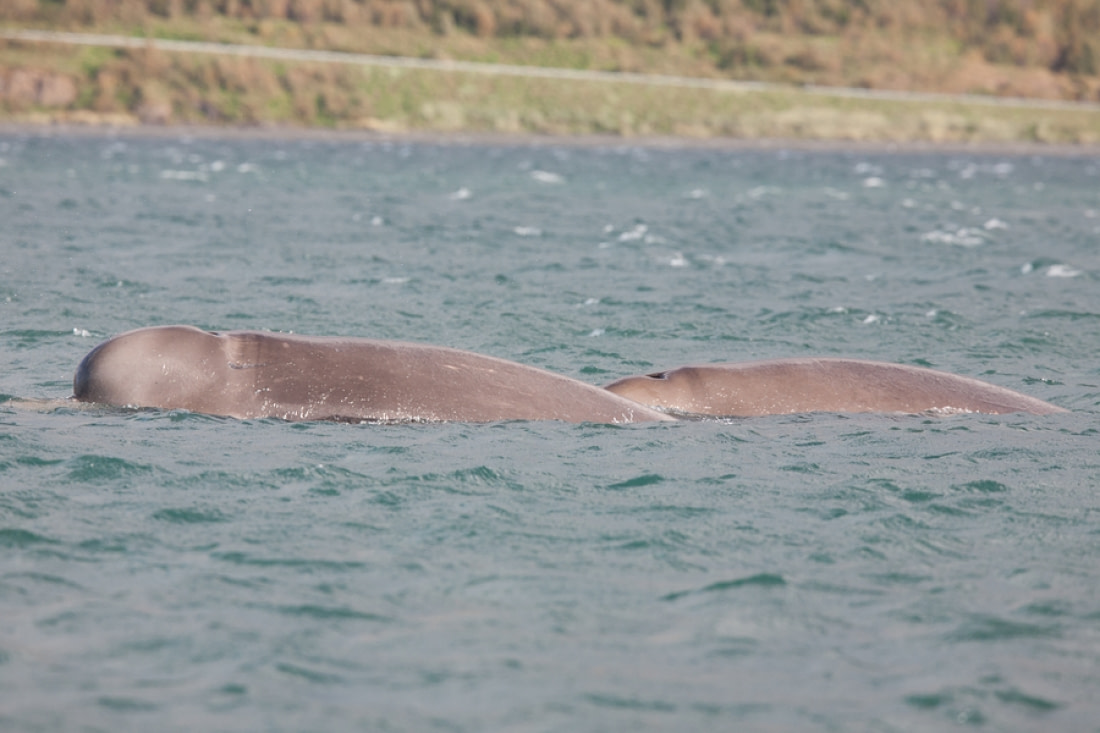
Picture by Troels Jacobsen
How fast do Northern Bottlenose Whales swim?
They cruise at about 5 km per hour but can sprint up to 27 km per hour.
What are Northern Bottlenose Whale birthing rituals like?
They mature sexually at around 8 years. Females give birth to a single calf every 2 years, with a 12-month pregnancy. Calves are about 3 metres long and weigh around 300 kg at birth.
How long do Northern Bottlenose Whales live?
They live around 35 years.
How many Northern Bottlenose Whales are there today?
Estimates suggest a population between 10,000 and 45,000.
Do Northern Bottlenose Whales have any natural predators?
It's unclear if they are killed by other animals, but they have been seen with shark bite scars.

Picture by Troels Jacobsen
7 Bountiful Northern Bottlenose Whale Facts
- They are one of the deepest-diving mammals, reaching depths of 1453 metres.
- They prefer deep waters, rarely venturing into areas shallower than 800 metres.
- Heavily hunted in the early 1900s due to their friendly nature and tendency to stay near wounded whales.
- The name ampullatus comes from the Latin word ampulla, meaning "bottle" or "flask."
- They are the largest members of the beaked whale family (Ziphiidae).
- They sometimes have shark bite scars resembling cookie cutter impressions.
- They have two teeth in their bottom jaw, which only emerge in males.
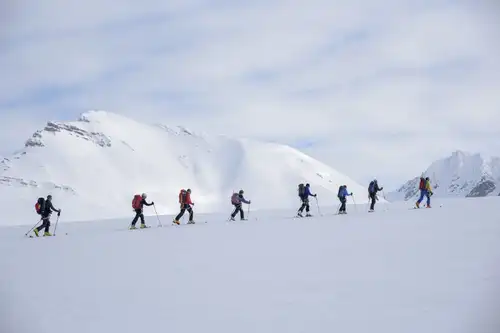

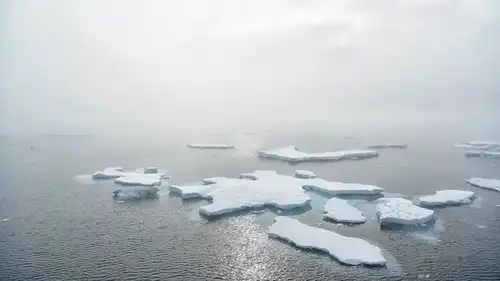

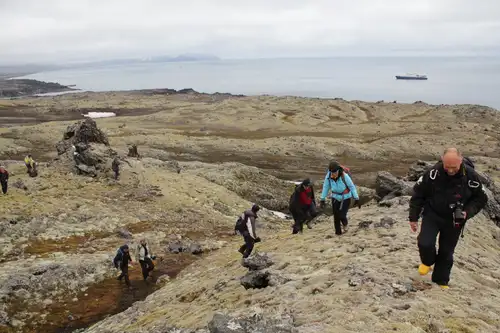
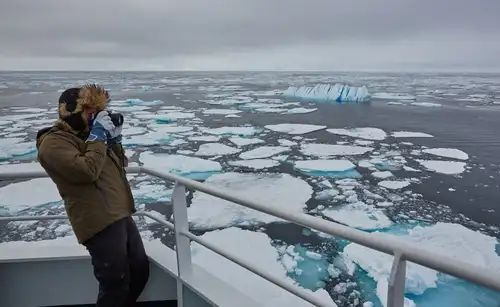
Related Trips


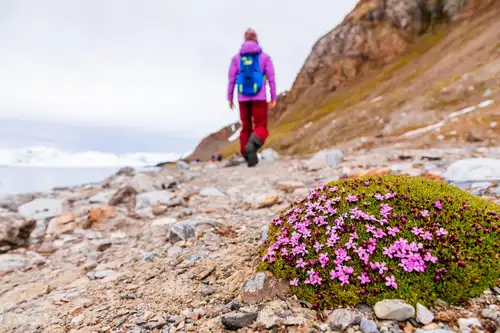
Seizing the Season: Spitsbergen’s Late Spring, Early Summer
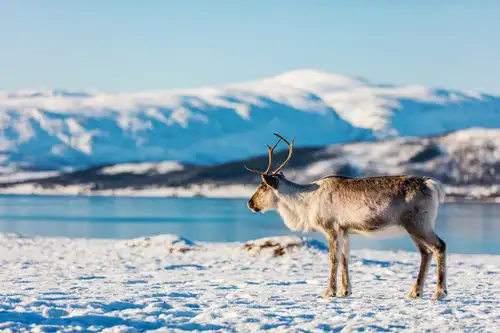
Eight Engaging Reindeer Facts
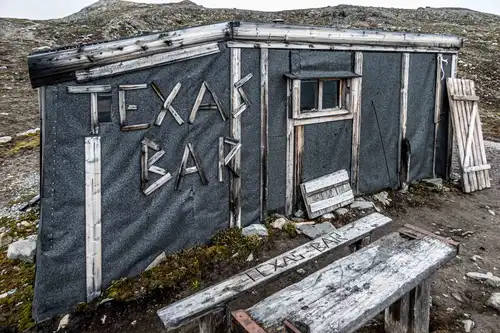
Svalbard’s Texas Bar
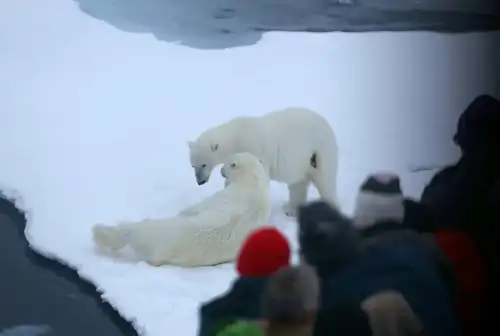
The Pack Ice and Polar Bears of North Spitsbergen
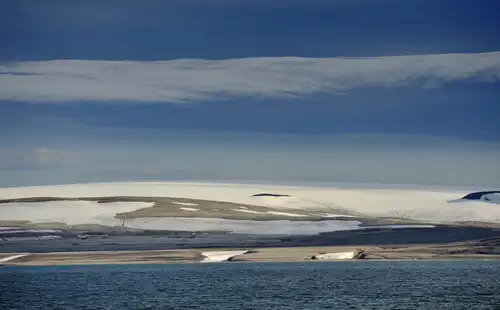
Six Must-See Svalbard Sites
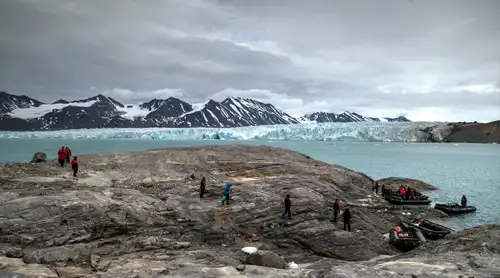
The Enchanting Islands of Svalbard
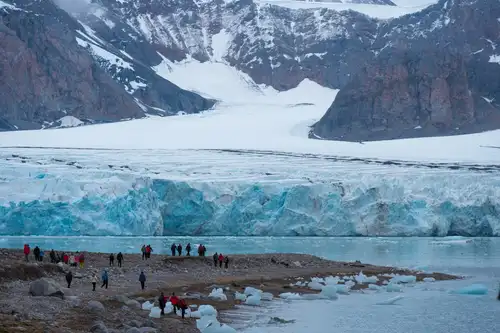
16 Conversation-Starting Svalbard Facts
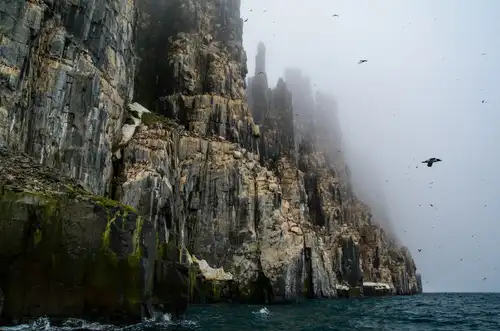
Spitsbergen: Alkefjellet magic
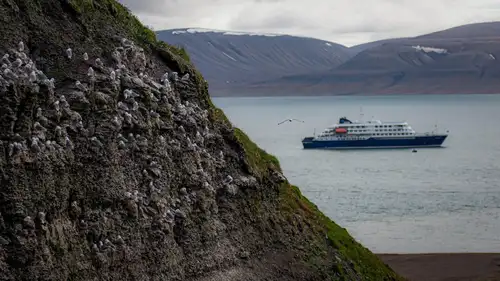
Circumnavigating Spitsbergen
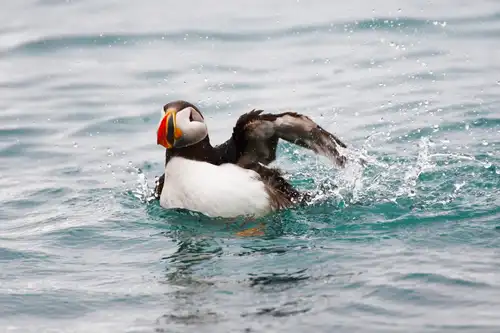
Puffins: Clown Birds of the Atlantic
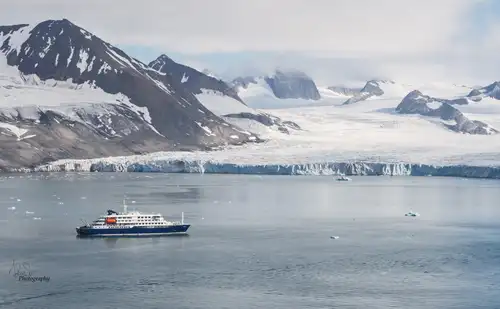
What’s so Special about East Spitsbergen?
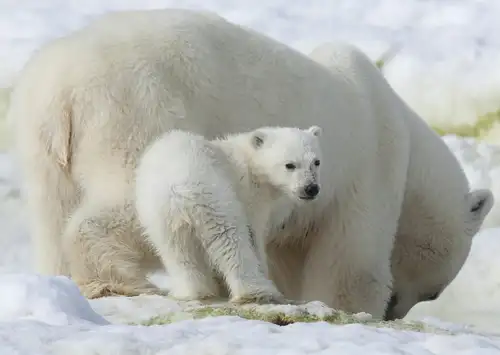
Arctic Icon: 10 Facts about the Polar Bear
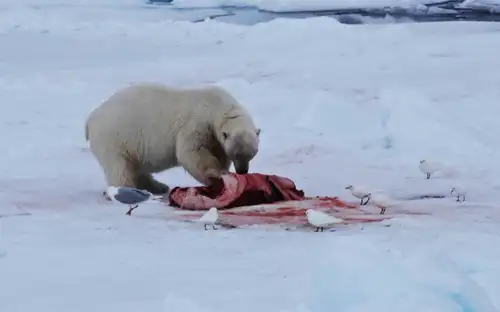
“The polar bear will still be there”
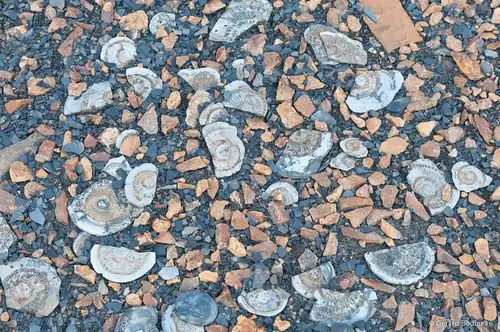
Svalbard a Disneyland for geologists
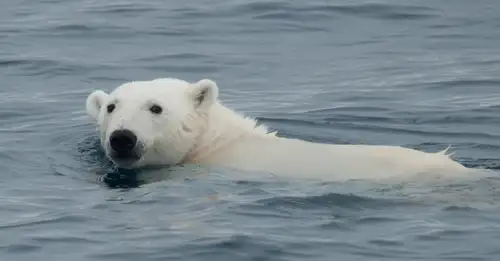
Polar Bear Sets Impressive New Diving Record
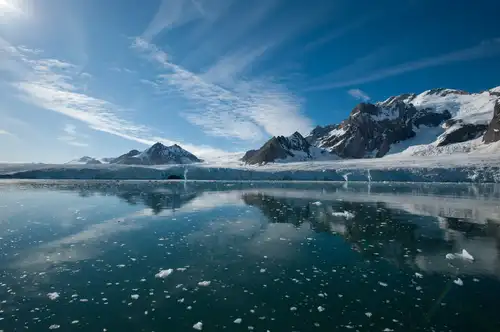
A Bug’s Life in Svalbard

Solargraphy & Pin Hole photography in the Arctic
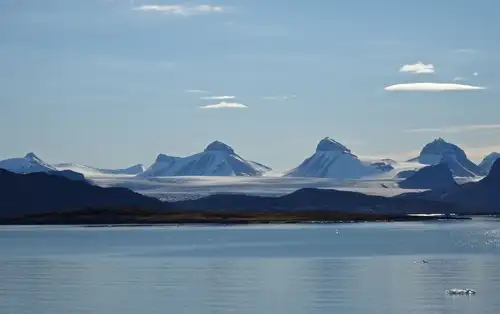
The Arctic Borderland of Kongsfjorden, Svalbard
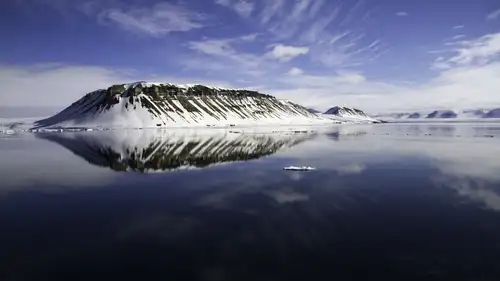
The Ice-Jewelled Geology of Spitsbergen
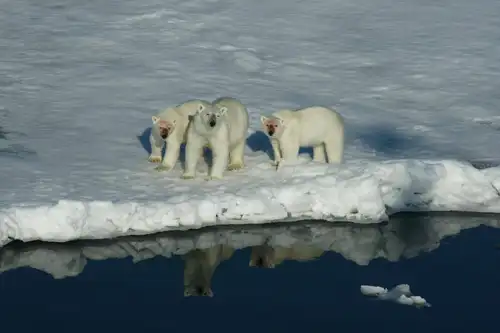



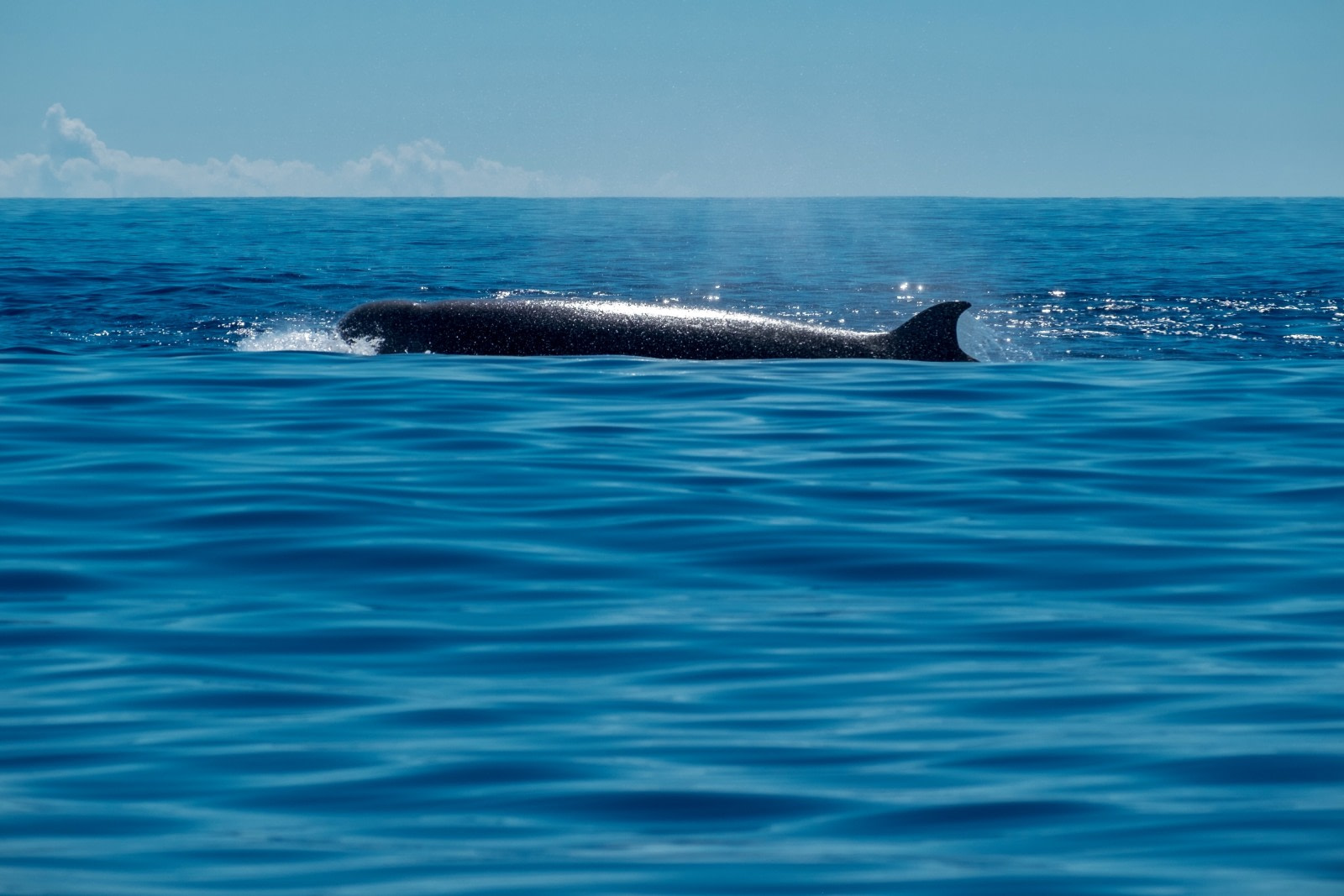

 8 Days / 7 Nights
8 Days / 7 Nights


